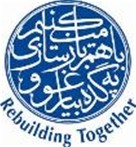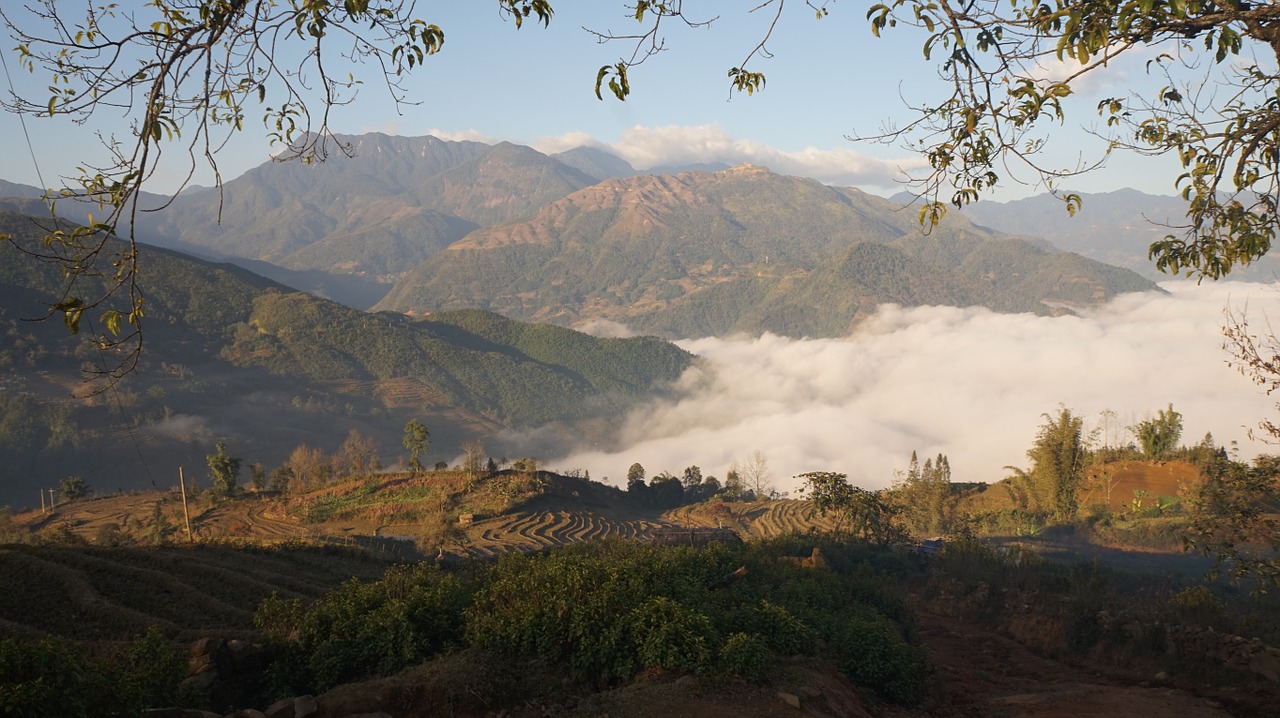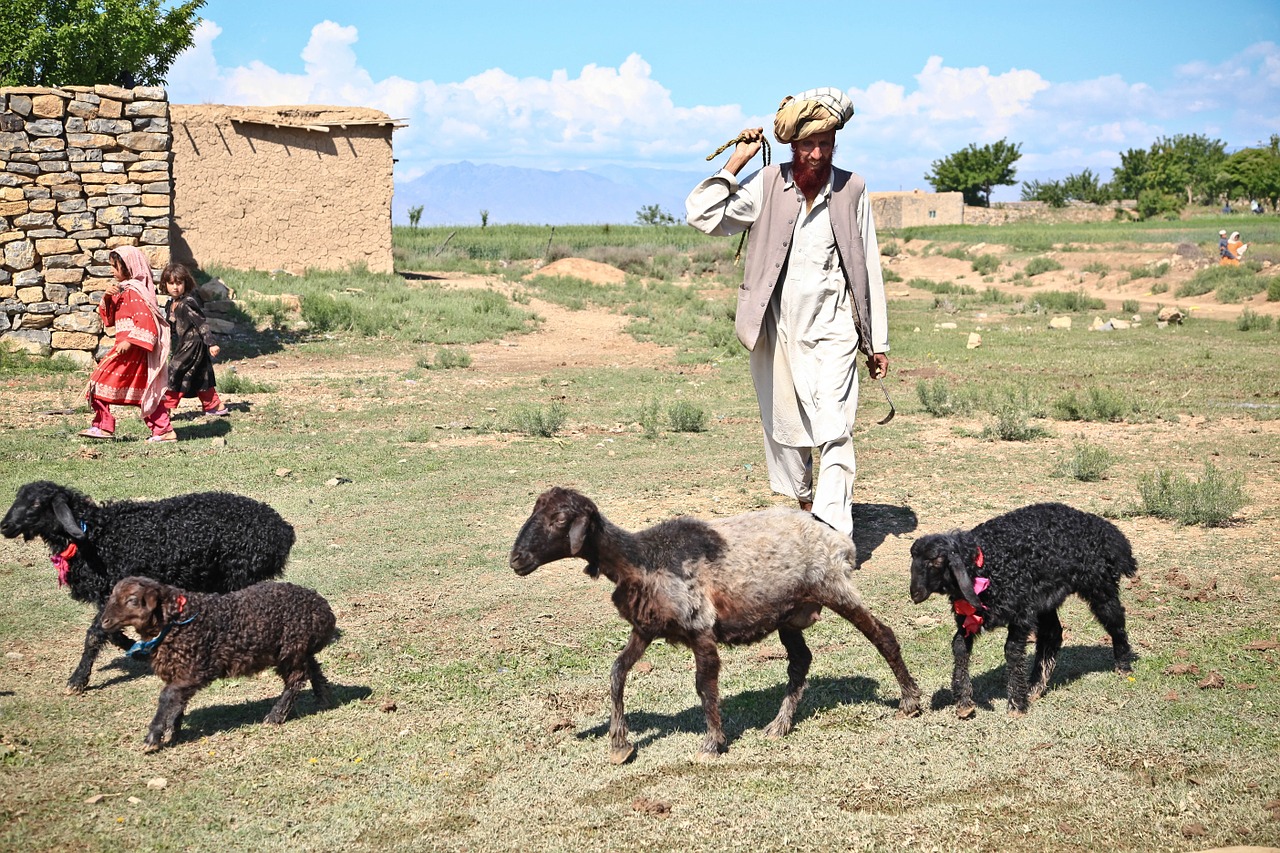 As one of the largest international entities funding Afghanistan’s ongoing rebuilding and development process, the Afghanistan Reconstruction Trust Fund (ARTF) is committed to investing in projects that will make a real difference in the lives of ordinary Afghans. At present, one of the most important focus areas for ARTF support is agriculture.
As one of the largest international entities funding Afghanistan’s ongoing rebuilding and development process, the Afghanistan Reconstruction Trust Fund (ARTF) is committed to investing in projects that will make a real difference in the lives of ordinary Afghans. At present, one of the most important focus areas for ARTF support is agriculture.
Contributing 31% of Afghanistan’s GDP and employing an incredible 59% of its labor force, the agricultural sector is a critical component of Afghanistan’s future economic prosperity. Ensuring that it is properly financed is therefore a major priority for ARTF. Read on to learn more about some of the active agriculture portfolio investment projects that are currently receiving ARTF support.
On Farm Water Management Project
In an arid country like Afghanistan, where only about 12% of the land is arable, irrigation and water management initiatives are absolutely critical. However, years of conflict have left most of the modern irrigation systems throughout Afghanistan in a state of neglect and disrepair, making it difficult for farmers to achieve the levels of agricultural productivity needed to drive economic growth and ensure food security.
The primary objective of the On Farm Water Management Project is to enhance the efficiency of water use in targeted areas in order to improve agricultural productivity. Under the umbrella of the project, physical improvements of tertiary irrigation facilities (on individual farms) are being carried out, thus providing farmers with an improved, reliable, and equitable way to distribute irrigation water on their lands.
The project is expected to result in a 25% increase in water use efficiency in project areas and a 30% increase in the productivity of agricultural crops. In addition, water user organizations will likely be better able to carry out operations and maintenance tasks, and Afghanistan’s Ministry of Agriculture, Irrigation, and Livestock will have more capacity to plan, implement, and monitor future projects in this area.

Irrigation Rehabilitation and Development Project
Through the Irrigation Rehabilitation and Development Project, the ARTF is addressing the pressing question of irrigation and water management in Afghan agriculture on a larger scale than the On Farm Water Management Project described above. Despite recent achievements supported by other funders, there is still a huge unmet demand for irrigation rehabilitation all across Afghanistan. Prior to 1979, there were about 3.2 million hectares of irrigated area, but in 2007, that figure had fallen to just 1.8 million hectares. Between 2007 and 2011, close to 0.9 million hectares were rehabilitated, but there is still considerable work to do.
The Irrigation Rehabilitation and Development Project aims to close this gap by providing support for the rehabilitation of irrigation systems serving about 300,000 hectares of land. In addition, the project will invest in the design and construction of several small, multi-purpose dams and associated irrigation distribution systems in closed river basins. Other elements of the project include the establishment of facilities and services for hydro-meteorological work, and project management and capacity-building initiatives in several communities. The project is expected to yield a 15% increase in total irrigated area and a minimum 20% increase in crop yields in the newly rehabilitated zones.
National Horticulture and Livestock Project
The National Horticulture and Livestock Project works toward the ARTF’s overarching goal of increasing production of horticultural products and improving animal production and health. The main objective is to train farmers in improved production practices and to support them as they adopt these practices on an ongoing basis. Practically speaking, this involves a gradual rollout of farmer-centric agricultural services systems complemented by targeted investment support. The scope of the project has been expanding as conditions warrant, but has the capacity to serve up to 100 focus districts across 22 provinces.
Some of the expected results of the program include 6,000 hectares of rehabilitated orchards benefiting 30,000 people and the creation of 8,000 new orchards with a survival rate of at least 70%. In addition, close to 100,000 farmers will receive training in a horticulture production practice. Project managers also anticipate that 50% of targeted farmers will make regular livestock inoculation a part of their practice.

Afghanistan Agriculture Inputs Project
The main objective of the Afghanistan Agriculture Inputs Project is to build and strengthen institutional capacity so that certified wheat seed can be sustainably produced and so that farmers can be sure the seed, pesticides, and other inputs they use are safe and reliable. With that goal in mind, the project works to boost capacity in the value chain for the production of certified wheat seed, and to prevent the marketing and sale of any pesticides and fertilizers that are banned, hazardous, sub-standard, or otherwise unreliable. The project also seeks to reduce the risk that plant quarantine pests will be introduced or spread throughout the country, and to facilitate farmers’ access to reliable, high-quality agricultural inputs. Expected results include higher annual production of certified seed, the development of an improved listing of plant quarantine pests and diseases, and testing of at least 180 product samples for pesticide residues.

